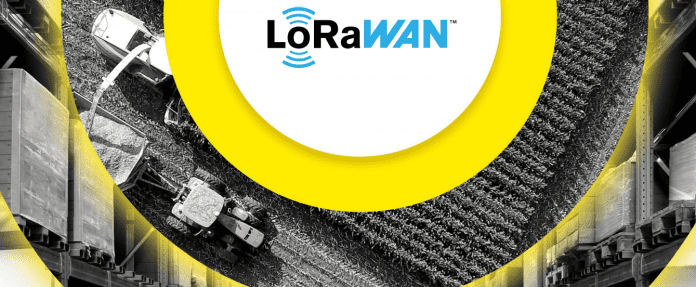The LoRa Alliance has released three new LoRaWAN specifications, each allowing over-the-air firmware (FOTA) updates.
The number of LoRaWAN based low-power wide-area (LPWA) networks and devices has increased significantly, according to the association, with a 50 per cent jump in certified products compared to a year ago, and network deployments quickly approaching 100 across the globe.
Japan has been a key market for recent growth, it said. The LoRa Alliance is profiling new involvement from Japanese firms NEC and SenseWay at its Q4 members’ meeting in Tokyo this week.
NEC has provided network servers for remote liquefied petroleum gas meter readings in Tochigi City, in Japan. SenseWay has set up a network on the Kashiwanoha Campus, in the Chiba Prefecture of Japan, to acquire and visualise the environmental information about the city.
The new specifications support and standardise firmware updates over the air, which the LoRaWAN Alliance described as unique to LoRaWAN among LPWA networks.
Donna Moore, chief executive and chairwoman of the LoRa Alliance, said: “Continued development of standard specifications for the LoRaWAN protocol is key to enabling interoperability between end-device providers and network providers.
“The new specifications showcase how our members collaborate to continuously advance LoRaWAN. The rapid uptick of LoRaWAN Certified products validates that the market stands behind the need for IoT devices that deliver a proof of quality.”
The three new LoRaWAN specifications – for application layer clock synchronisation, remote multicast setup, and fragmented data block transport – allow members to perform FOTA upgrades in a standardised way, the LoRa Alliance said.
“The ability to update devices remotely is critical for the IoT, where many sensors are in remote or difficult locations to reach but may require updating,” it said in a statement.
The move will prolong the life of LoRa devices.
Each specification can be used independently. The remote multicast setup protocol can be used standalone to send messages to a group of end-devices; fragmentation can be used on its own to send a large file to a single end-device (unicast); and time synchronisation can also be used as a standalone capability.
The Tokyo event will feature demos from Actility, Daliworks, Kiwi Technology, LoRa Alliance, M2B Communications, Macnica, Manthink, Multitech, Murata, RedwoodComm, Semtech, SenseWay, STMicroelectronics, Tektelic, Viloc and Yokogawa Electric.
Unlicensed networks, mostly based on LoRa and Sigfox, make up around two-thirds of LPWA networks, according to a study of 100 LPWA networks by IoT research firm ON World. A third of the total network deployments are geared towards smart city applications, the report found.

